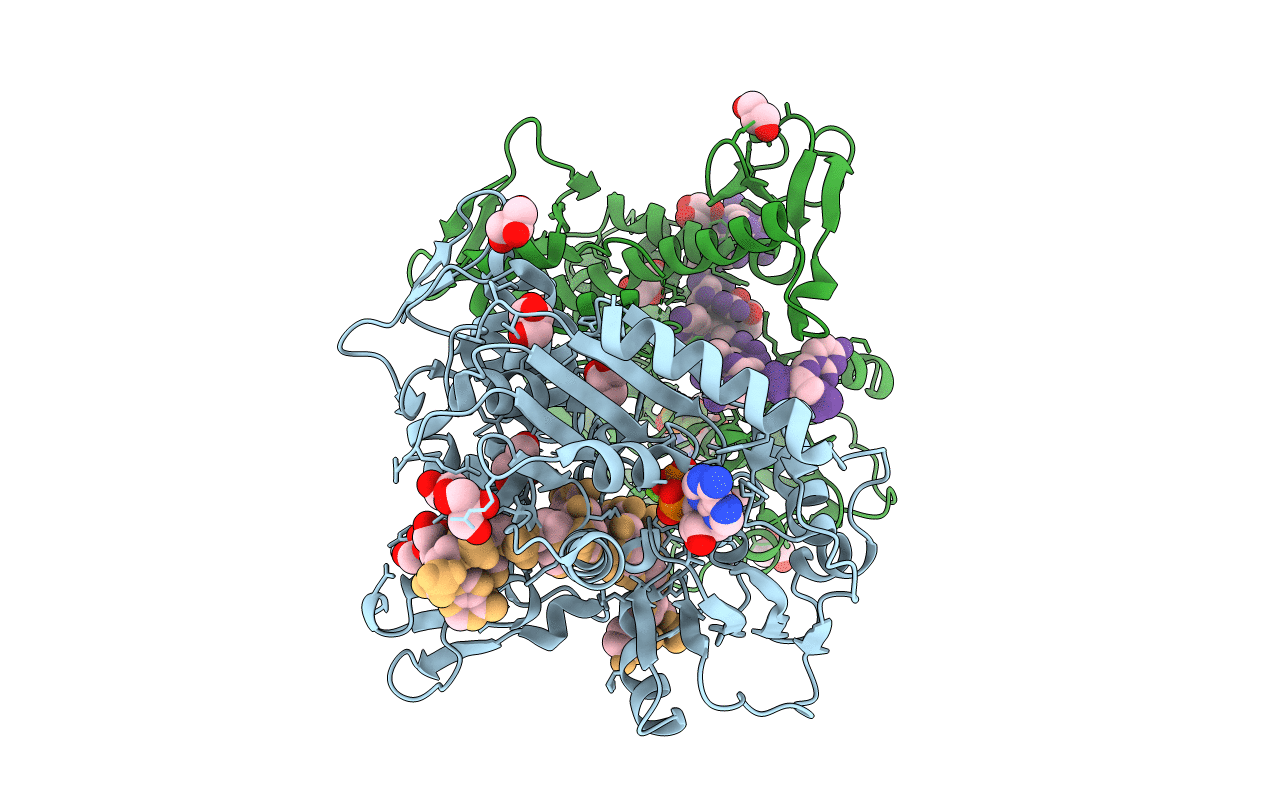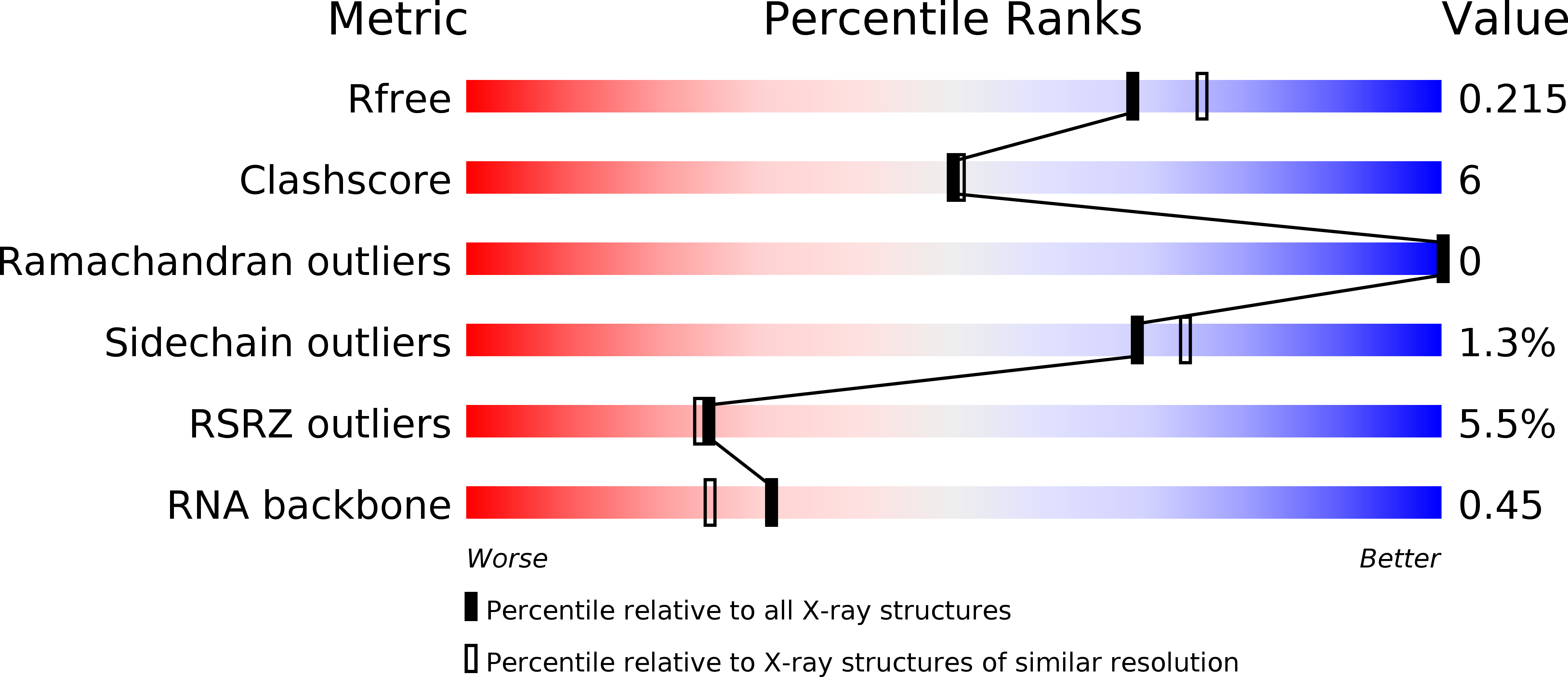
Deposition Date
2019-02-22
Release Date
2019-04-10
Last Version Date
2024-03-27
Method Details:
Experimental Method:
Resolution:
2.00 Å
R-Value Free:
0.21
R-Value Work:
0.17
R-Value Observed:
0.17
Space Group:
P 1


